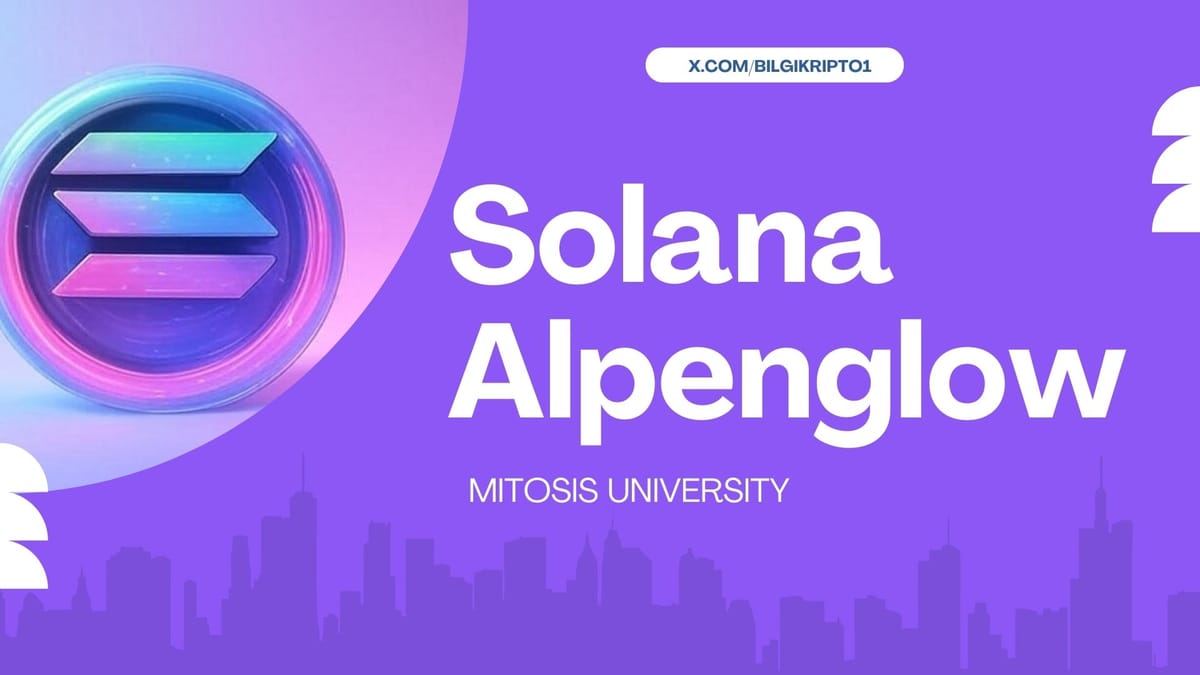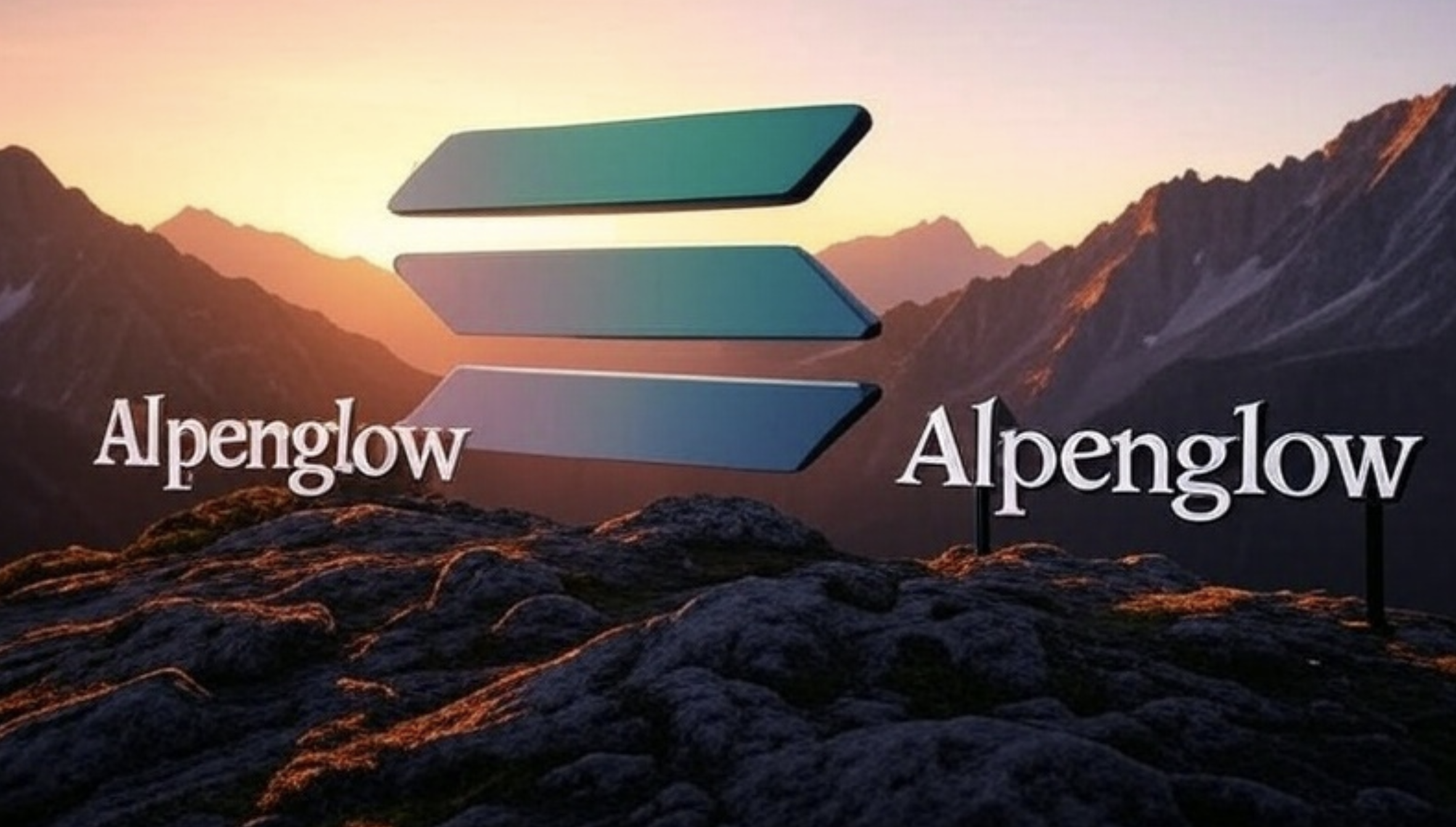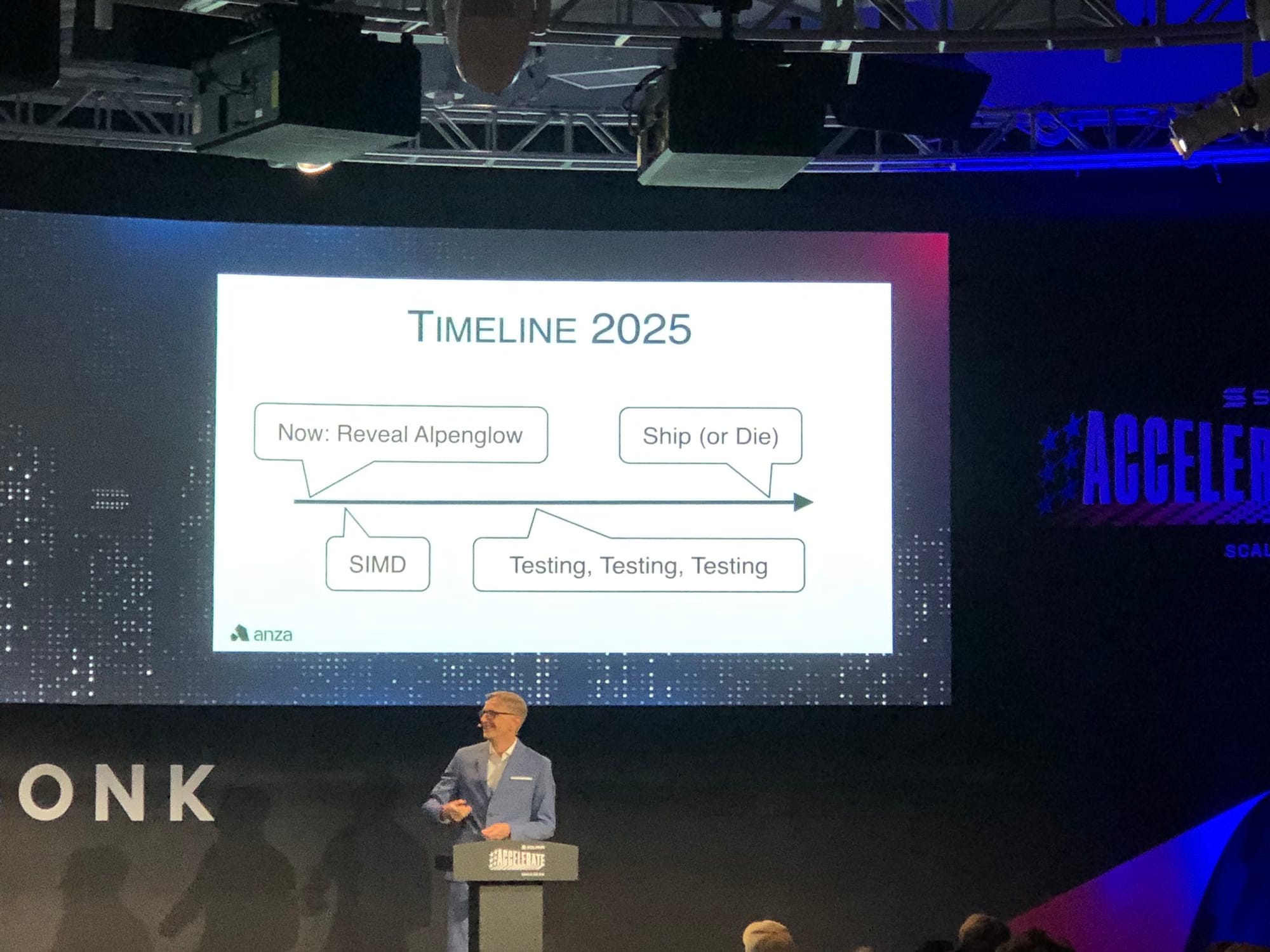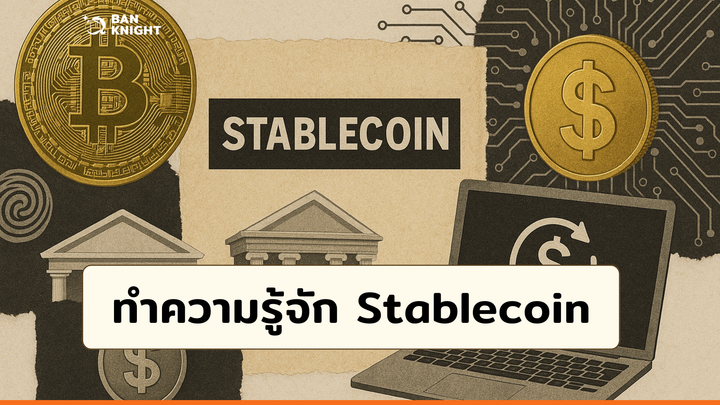Solana Alpenglow: The Era of Sub-Half-Second Finality in Blockchain Technology

What is Alpenglow? A Revolution in Solana’s Consensus Protocol
Solana has announced the Alpenglow protocol, a major leap in speed and security in the blockchain world. This new consensus protocol dramatically shortens the time it takes for Solana’s transaction blocks to finalize, achieving astonishing speeds of around 100-150 milliseconds on average.
While previous systems took several seconds to finalize blocks, Alpenglow reduces this time to almost instantaneous. This transformation not only makes Solana a blockchain capable of handling high transaction volumes but also suitable for real-time applications.
Key Components of Alpenglow: How Votor and Rotor Work
Votor: Innovation in Block Finalization Mechanism
At the heart of Alpenglow lies a new system managing block approval and finalization: Votor. The previously used TowerBFT mechanism required multiple steps and voting rounds, which slowed down block finalization.
Votor runs two different voting rounds in parallel. For example, if 80% of validators quickly cast their votes, the block finalizes in a single round. If the approval is around 60%, a second round activates, and the block still finalizes quickly. This approach increases speed and minimizes the effect of faulty or slow validators.
Example:
Imagine a group of people needs to make a decision quickly. Before Alpenglow, everyone had to speak in order and wait for approval, which took a long time. With Votor, two groups vote simultaneously using different methods, and the fastest valid vote wins. This saves a lot of time.
Rotor: Next-Generation In-Network Data Distribution System
Another key part of Alpenglow is Rotor. Previously, Solana used the Turbine protocol, which split block data into small pieces and distributed them across the network validators. Although fast, this method involved many layers and intermediate steps.
Rotor simplifies this by:
- Using a single “replay” layer for data transmission,
- Reducing intermediate hops in data transfer between validators,
- Balancing network resources and bandwidth based on validators’ stake size.
This way, block data reaches all validators faster and more efficiently.
Example:
Think of it like spreading news in a city. Instead of using many middlemen to deliver the news, Rotor sets up a powerful main courier network that speeds up delivery.
Performance Improvements in Block Finality Time with Alpenglow
Previously, Solana required about 12.8 seconds to finalize a block. This was quite long, especially for financial transactions, gaming, and other fast applications.
With Alpenglow, this time has been reduced to under 150 milliseconds, and sometimes as fast as 100 milliseconds.
Example:
Nuri, a game developer, can now build real-time multiplayer games on Solana where player actions are confirmed instantly, eliminating waiting times.

Alpenglow Tests: Real-World Performance
Alpenglow’s performance was tested through a leading validator located in Zurich, Switzerland. Response times of validators from different locations worldwide were measured.
Results showed:
- 65% of validators reached Zurich within 50 milliseconds,
- Most block finalizations occurred in under 200 milliseconds,
- Validators experiencing delays over 200 milliseconds were rare and located far away geographically.
These tests reveal that network delays are now due to physical distance, not software inefficiency.
Alpenglow’s Network Security and Resilience
Alpenglow can securely operate even if 20% of validators are malicious and another 20% are slow. This provides strong protection against attacks and ensures continuous operation.
This resilience is crucial for critical financial transactions and payment systems.
Innovations Alpenglow Brings to the Blockchain Ecosystem
- Speed: Real-time applications, fast financial transactions, and instant gaming are now feasible on Solana.
- Flexibility: The new consensus structure uses system resources more efficiently, enabling easier scalability.
- Security: High levels of security are maintained without sacrificing speed.
Example:
An e-commerce platform using Alpenglow can confirm payments in milliseconds instead of seconds, greatly enhancing user experience.

Conclusion: Shaping the Future of Blockchain with Solana Alpenglow
Solana’s Alpenglow protocol revolutionizes blockchain technology in terms of speed, security, and flexibility. The sub-half-second block finality unlocks the potential for real-time applications.
This advancement transforms Solana from just a fast blockchain into a decentralized platform approaching the speed of modern Web2 applications.
In the future, developers will build next-generation financial solutions, games, and instant communication apps thanks to Alpenglow. As a result, blockchain’s true potential will reach a much wider audience



Comments ()